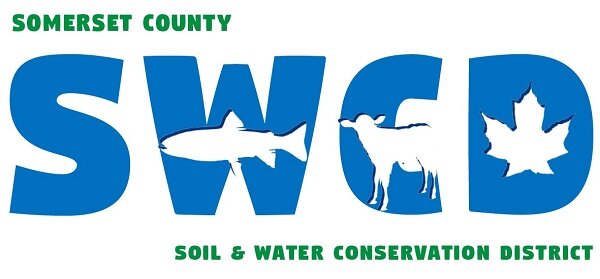Trail Cameras Build a Relationship with Your Woods
This article was first published in the April 2021 issue of Maine Woodlands, the newsletter of Maine Woodland Owners.
By Jennifer Brockway
There is a lot of talk about trail cameras among woodland owners - and for good reason. Trail cameras, also known as game cameras, are weather-proof recording devices that landowners place on their property to see activity they would otherwise miss. Trail cameras are a great way to learn about your woods and engage others in your conservation work. For those who are home full time with children or grandchildren, these cameras make a perfect remote-learning or homeschooling activity.
Natural beauty and wildlife habitat are commonly identified as two of the top reasons family woodland owners value their land. For many, walking, observing, and managing woodlands provides a connection with the natural world. But no matter how much time you spend in your woods, a well-placed trail camera will provide you with a fresh perspective. You’ll quickly find that the woods are a busy place! Deer, turkey, porcupine, fisher, coyote and fox, mink, bobcat will all make an appearance. For me, some of the most appreciated captures are the ones less anticipated like pileated woodpeckers, hawks, otters or the neighbor’s children exploring on their own.
At the Yankee Woodlot Demonstration Forest in Skowhegan, we deployed our first trail cameras in 2019. Initially, we placed them in areas that are well-traveled by deer or where we expected wildlife to frequent, such as an old impoundment. (The photos at the impoundment showing dozens and dozens of animal backsides made us ponder whether some animal trails are only open for one-way traffic!). This past year, we have settled on two spots for long-term deployment: an active porcupine den in an area of a recent timber harvest, and a vernal pool in an unmanaged section of woods. I check on the cameras periodically and change out the memory cards (very similar to the memory cards that you find in standard cameras), selecting the best captures to share with our social media community. Without exception, the most popular page on the Somerset County Soil & Water Conservation District’s web site is our trail camera blog, “What’s In Our Woods?”.
One of the biggest initial surprises that our cameras revealed was the level of daytime wildlife activity there was, despite public use and activity on adjacent properties. Routinely, we see deer browsing within easy viewing of the walking trail, all sorts of critters roaming the less-accessible woods of the second camera, and of course, the portraits of curious humans either peering into the camera or scanning the field of view, trying to decipher why the camera is there. The hundreds of still photos and videos our cameras produce provide us a deeper relationship with our woods and the creatures who reside there. We waited expectantly for the porcupine pair to return for another winter. We smiled with satisfaction to see the largest of our bucks make an appearance the day after deer season came to a close. We understand the importance of that snag tree as refuge for so many.
Be sure to have some fun with your camera placements, too! I once installed a camera on top of a nesting box in my field just after that year’s occupants had fledged. Within hours, a curious swallow perched on the roof and inspected this new presence. That same camera captured ghostly images of an owl at night, its wings spread wide and white against the darkness.
For a relatively small investment, a trail camera can yield priceless entertainment and increased appreciation for your woodland ecosystem.
People using trail and game cameras may not place a camera upon another person’s private land without written permission. Those cameras must be labeled with the person’s name and contact information.
Jennifer Brockway is Outreach Coordinator for Somerset County SWCD and a woodland owner in Waldo County.

